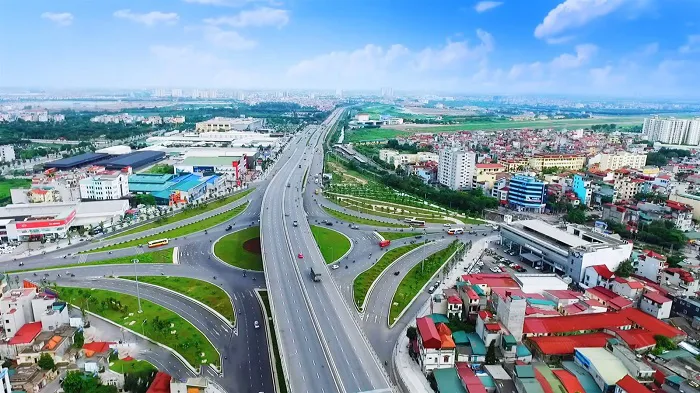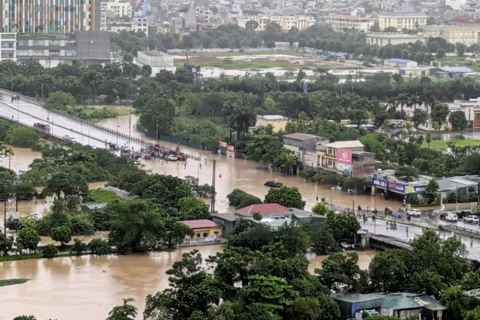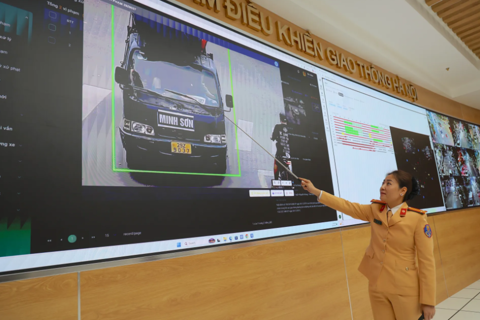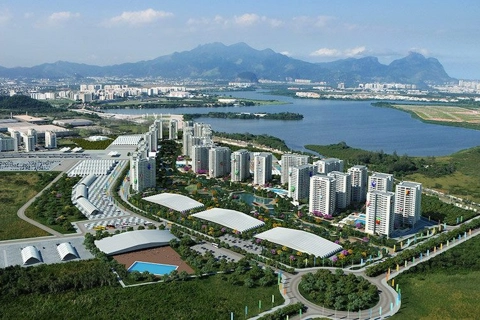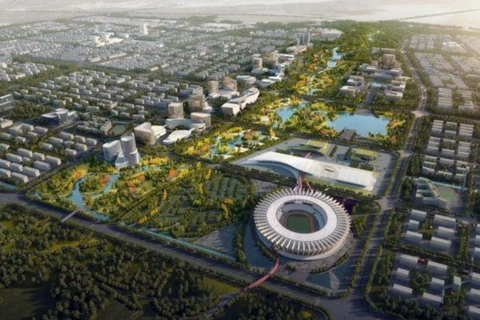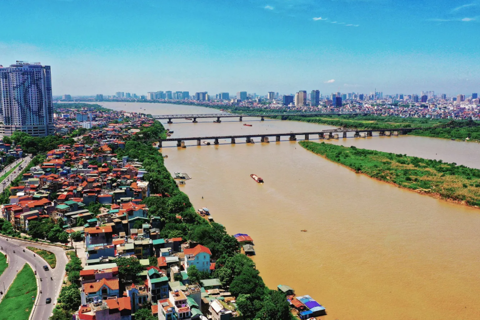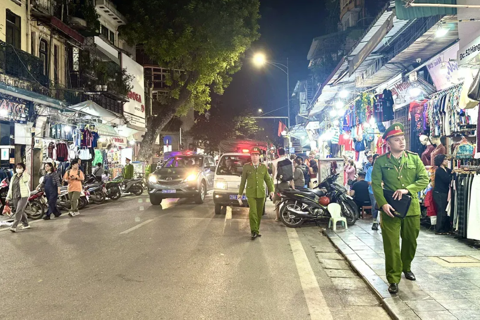Hanoi to mobilize $138 billion to aid development process
Hanoi aims to develop rapidly and sustainably towards a green, smart, modern city with high competitiveness in the country by 2025.
Hanoi will need around VND3,100-3,200 trillion (US$134.33-138.63 billion) in social investment capital to ensure the gross regional domestic product (GRDP) growth at 7.5-8% in the next five years.
| Hanoi aims to become a modern and smart city by 2025. Photo: Tuan Anh. |
The figure is 1.8 times higher that the amount mobilized in the last five-year.
This is one of the key goals revealed by Director of the municipal Department of Planning and Investment Nguyen Manh Quyen at a discussion session of the 15th municipal People’s Council on December 7.
Mr. Quyen said the private sector is set to contribute the largest proportion of the above amount at 53 – 54%, followed by the state sector (30 – 31%) and foreign direct investment (15 – 17%).
“There will be a change in the structure of land use in Hanoi as priority is given to other purpose instead of agricultural production,” he suggested.
By 2025, agricultural land will account for 49.1% of natural land area with 165,000 hectares, as the city is set to allocate one third of the agricultural land, equivalent to 30,000 hectares, for more efficient use.
“The city plans to auction 2-3,000 hectares of land to raise fund for development of infrastructure system in Hanoi’s satellite urban areas,” Mr. Quyen informed.
Given the estimated GRDP growth of Hanoi at 3.94% in 2020, the city’s average economic growth in the 5-year period of 2016-20 is estimated at 6.68%, higher than the national average of 5.9%.
In 2020, Hanoi’s nominal GRDP stood at VND1,024 trillion (US$43.5 billion), resulting in income per capita of US$5,250, or 1.43 times that of 2015 and 1.9 times the national average.
“There has also been a positive shift in the economic structure,” Mr. Quyen asserted, referring to a higher proportion of the services, industry and construction sectors from 85.75% in 2015 to 86.1% in 2020 and a lower contribution from the agro-forestry-fishery sector.
Tourism sector has become one of the city’s spearhead economic sectors with an average growth in revenue of 12.1%.
State budget revenue during the 2016-20 totaled nearly VND1,200 trillion (US$52.02 billion), representing an increase of 11.1% per year and up 1.64 times against the 2011-15 period.
“The city’s revenue is less dependent on the utilization of natural resources and land use rental fees, and would come from more sustainable sources from production and business activities,” Mr. Quyen suggested.
Hanoi mobilized nearly VND1,725 trillion (US$74.89 billion) in 2016-20, up 1.65 times against the 2011-15 period, with a large chunk of the capital poured into construction, urban development and promoting new-style farming.
Vision next five years
At the session, 100% of deputies of the municipal People’s Council approved a resolution stipulating the city’s vision for socio-economic development in the next five-year period.
By 2025, Hanoi aims to develop rapidly and sustainably towards a green, smart, modern city with high competitiveness in the country. The city will basically complete the industrialization process with a GRDP per capita of US$8,300-8,500.
Hanoi also outlines 17 main objectives, including a GRDP growth of 7.5-8% in 2021-25; digital economy making up of 30% of the overall GRDP; urbanization rate of 60-62%; 100% of people living in rural and urban areas having access to clean water; among others.
State budget revenue for the period is set to reach VND1,400 trillion (US$60.75 billion), of which domestic revenue accounts for 90% of the total at VND1,300 trillion (US$56.4 billion). The city’s expenditure is estimated at around VND613.7 trillion (US$26.62 billion), with recurrent spending making up of 50% of the total .

